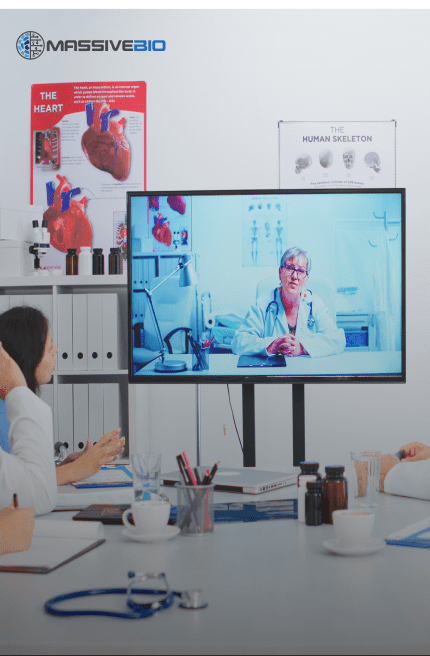Screening for breast cancer ICD 10 codes provide a standardized language for healthcare professionals worldwide to record and identify health conditions. In the context of breast cancer screening, these codes are used to record various procedures, such as mammograms, MRIs, and biopsies, as well as to note the absence or presence of breast cancer symptoms.
Screening for breast cancer ICD 10 classification system helps in streamlining patient care by ensuring consistent and accurate documentation of screening procedures and results. For instance, the code Z12.31 is specifically used for encounters for screening mammography for malignant neoplasm of the breast. This allows for easy tracking of patients’ screening history and identification of those who may require more frequent or advanced screening based on their risk factors or previous findings.
Screening for Breast Cancer ICD 10 Codes
ICD 10 codes are formatted to define the category of disease, disorder, infection, or symptom, along with the body site, problem severity, and cause of injury. Different characters in these codes mean different things. An example of a breast cancer ICD 10 code is C50.211. ICD 10 code C50.211 defines a malignant neoplasm of an upper-inner quadrant of a female’s right breast.
In addition to C50.211, there are several other ICD-10 codes for breast cancer, each specifying different locations and characteristics of the neoplasm. For example, the screening mammogram ICD-10 code is Z12.31, indicating a routine screening where no disease is presumed. This code is essential for preventative health measures, emphasizing the importance of regular screenings in the early detection of breast cancer. For example specific code like C50.212 is used for left breast cancer, defining a malignant neoplasm of the upper-inner quadrant of the female’s left breast.
As of 2024, the ICD-10-CM diagnosis codes continue to evolve, reflecting advancements in medical knowledge and diagnostic precision. The American ICD-10-CM version, which adapts the global ICD-10 system for use in the United States, includes unique modifications and additions tailored to the American healthcare system.
ICD-10 Code Examples:
- C50.012: Malignant neoplasm of nipple and areola, left female breast,
- C50.112: Malignant neoplasm of central portion, left female breast,
- C50.021: Malignant neoplasm of nipple and areola, left male breast,
- C50.522: Malignant neoplasm of lower-outer quadrant, left male breast.
Breast Cancer Screening Tests
Breast cancer screening tests are vital tools in the early detection and management of breast cancer. The 2024 edition of ICD-10-CM has meticulously updated its codes to include the latest advancements in these screening methods. The references refer to codes that detail each specific type of screening test, making it easier for healthcare providers to document the correct procedure. In the broader context, annotation back references in the ICD-10-CM system are invaluable for ensuring that these screening tests are correctly linked to potential diagnoses or further investigative procedures.
The international versions of ICD-10 have similar codes for breast cancer screening tests, although there might be minor variations to reflect different healthcare practices around the world. This global standardization aids in comparative research and understanding of breast cancer trends internationally. The applicable to annotations in these codes provide clinicians and medical coders with essential guidance on when and how to use each specific code, thereby ensuring accurate and consistent medical records across various healthcare systems.
Mammogram: An X-ray of the breast.
Breast Magnetic Resonance Imaging (MRI): Magnets and radio waves are used to take pictures of the breast.
Clinical Breast Exam: Examination by a doctor or nurse to assess for lumps.
Breast Self-Awareness: Noticing changes with how the breasts look and feel and talking with a health care provider about those changes.




